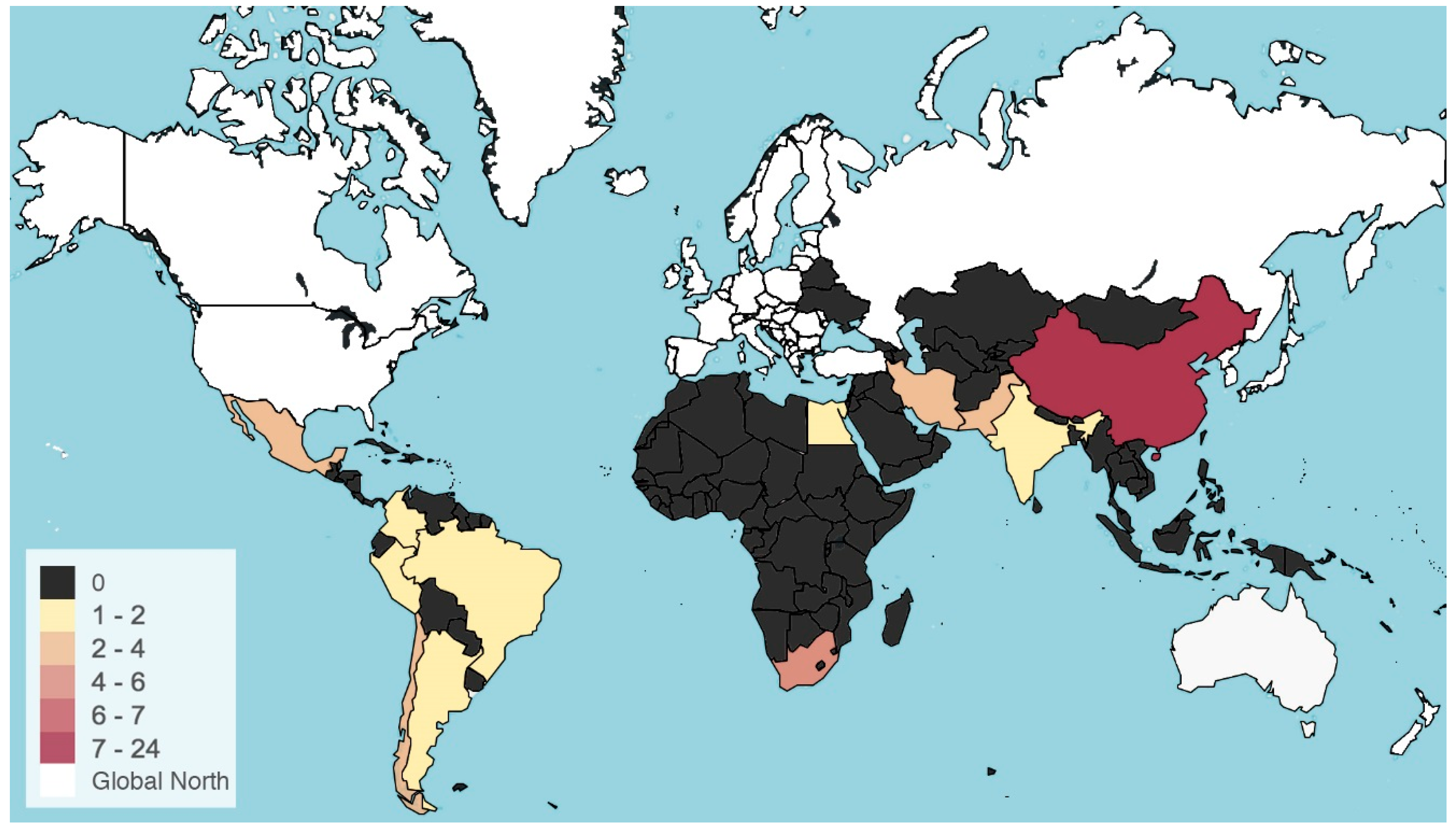


Cities are core locations for these global flows. flow from place to place, and globalization has deepened - and often, reshaped - these flow worldwide. High-wage workers, political refugees, remittances, ideas, raw materials, etc. However, capital is not the only thing flowing from place to place. Global financial markets have integrated territories across the world into a vast network. Globalization does not look exclusively at fixity - places, production sites, etc. While some observers have doubted the importance of centralized places in a global economy, we also see the growth of concentrated hubs that specialize in particular economic activities. While economic activity has dispersed around the globe, globalization has created place-specific hubs of economic activity. Concentration and specialization in economic activities. This includes discussions about whether technological innovation and connectivity have strengthened or weakened cities in a globalized world. Technological innovation has shrunk the distance between places, raising important questions about the continued importance of place. Globalization has increased the use of technology in production, communication and consumption activities. People consume good and services produced elsewhere, rather than consuming only those things produced locally or regionally. Increasingly, the sites of consumption are far removed from the places of production. Today, economic activity occurs in more and more places around the globe. Increased dispersion of economic activity. Decisions made in London, New York and Tokyo impact the lives of people in Dakar, Frankfurt and Omaha. As a result of this interconnectedness, cities are shaped by exogenous forces beyond the boundaries of any particular city. There is constant activity and interconnectivity between cities in the flow of ideas, people, capital, goods, etc. We can think of cities around the world as increasingly connected with one another.


 0 kommentar(er)
0 kommentar(er)
